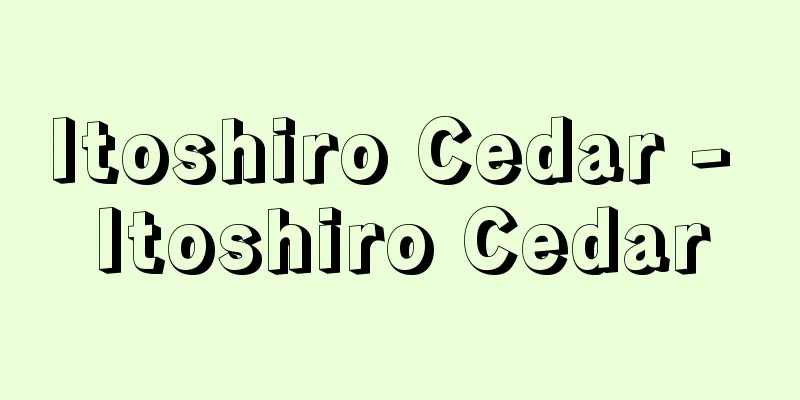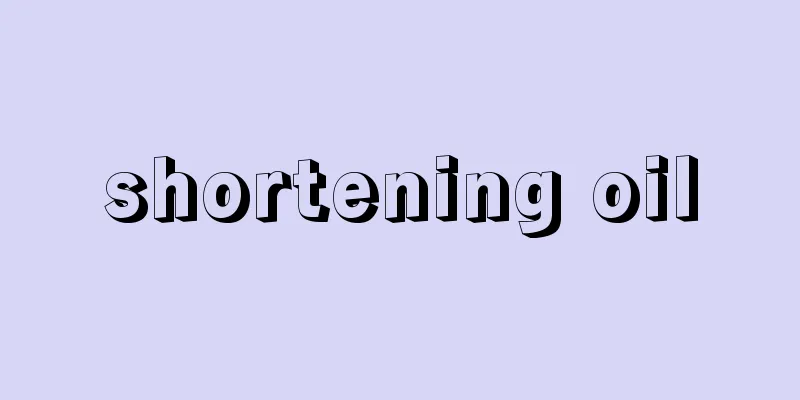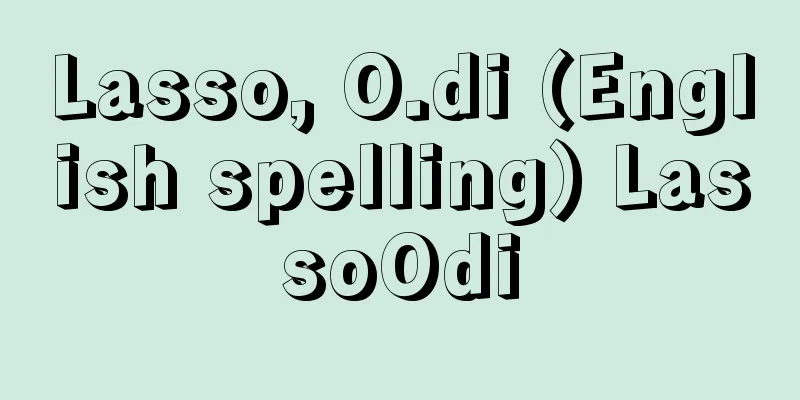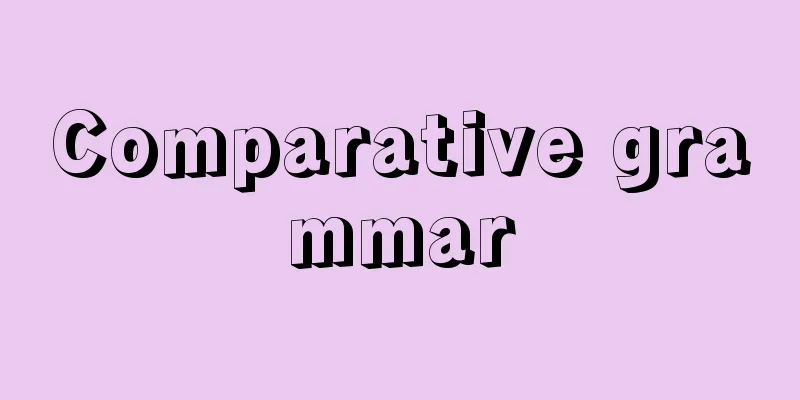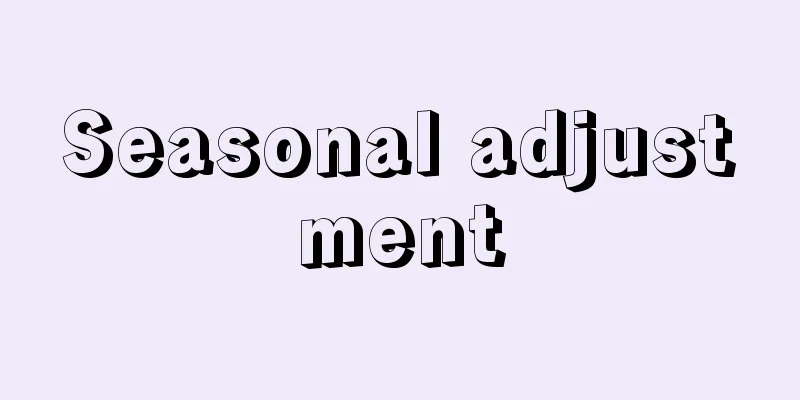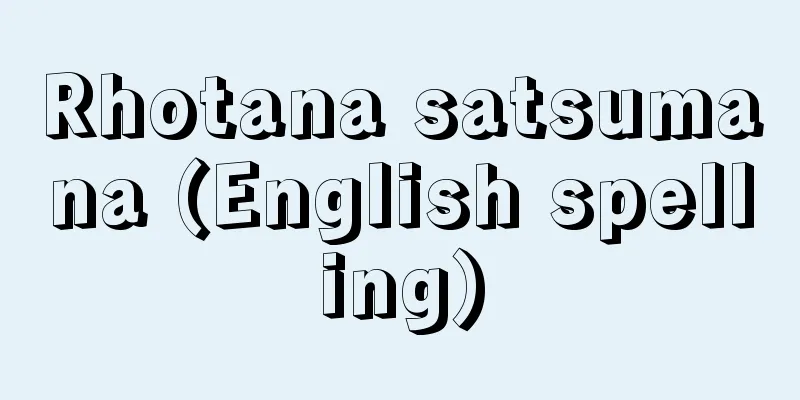Nursing care leave - kaigokyuugyou
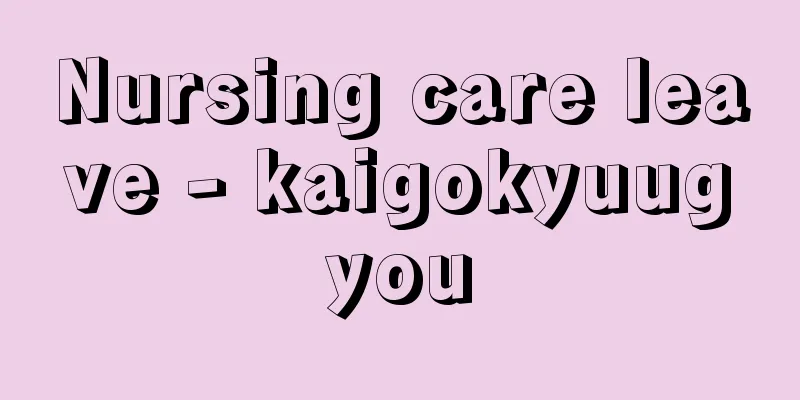
|
This is leave taken by workers to care for family members who need care. It is also called care leave. With the aging of society, the trend towards nuclear families, and an increase in dual-income households, caring for elderly parents and spouses has become a serious issue, and the institution of such a system has become an important welfare issue. In June 1995, the "Childcare Leave Law" (Law No. 76 of 1991) was amended to include the care leave system and enacted into law. The name of the law was also changed to the "Law Concerning the Welfare of Workers Who Take Childcare Leave, etc. for Care of Children or Family Members" (commonly known as the "Childcare and Family Care Leave Law"). In the first phase of enforcement in October 1995, it was a voluntary obligation, but in the second phase of enforcement in April 1999, the name of the law was changed to the "Law Concerning the Welfare of Workers Who Take Childcare Leave, etc. for Care of Children or Family Members" and all businesses were required to institutionalize and guarantee care leave. According to the law, a state of needing care is one in which a person requires full-time care for a period of two weeks or more due to injury, illness, or physical or mental disability, and eligible family members are spouse (including common-law spouses), parents, children, spouse's parents, grandparents, siblings, and grandchildren. If an employee has been continuously employed by the same employer for one year or more, both male and female, they are allowed to take up to three leave days per eligible family member, totaling up to 93 days, by applying two weeks before the day of leave (Article 2 of the Child Care and Family Care Leave Act). Employers cannot refuse this, and cannot fire employees for taking leave. In addition to the above-mentioned family care leave, there is also a family care leave system (five days per family member requiring care, which can be taken in half-day increments) (Article 4 of the same act). There are also provisions for restrictions on non-scheduled work, overtime work, and night work, reduced working hours for family care, and prevention of harassment. During care leave, if certain requirements are met, care leave benefits are paid from employment insurance. Care leave benefits are paid up to 93 days per family member providing care, up to three times, for insured persons who have at least 12 months with 11 or more basic wage payment days in the two years prior to the start of care leave. The amount of the benefit is calculated as follows: daily wage at the start of care leave x number of days paid x 67%. As of August 2017, the maximum monthly wage is 492,300 yen (maximum payment amount is 329,481 yen per month), and the minimum monthly wage is 74,100 yen (revised every August). [Yoshio Yuasa, Editorial Department, February 16, 2018] [Reference item] |Source: Shogakukan Encyclopedia Nipponica About Encyclopedia Nipponica Information | Legend |
|
労働者が、要介護状態にある家族を介護するためにする休業。介護休暇ともいう。高齢化、核家族化、共働きの増加などで老親や配偶者の介護は切実な問題となり、その制度化は重要な福祉課題となっていた。そこで1995年(平成7)6月に「育児休業等に関する法律」(平成3年法律76号)が改正され介護休業制度を盛り込む形で法制化された。法律の名称も「育児休業等育児又は家族介護を行う労働者の福祉に関する法律」(通称は「育児・介護休業法」)となった。1995年10月の第1次施行では努力義務とされていたが、1999年4月の第2次施行では法律名が「育児休業、介護休業等育児又は家族介護を行う労働者の福祉に関する法律」に改められ、すべての事業所に介護休業の制度化と保障が義務づけられることになった。 法律では、要介護状態とは負傷、疾病または身体上もしくは精神上の障害により、2週間以上の期間にわたり常時介護を必要とする状態をいい、対象となる家族は配偶者(事実婚を含む)、父母、子、配偶者の父母、祖父母、兄弟姉妹、孫としている。同一の事業主に引き続き雇用された期間が1年以上の労働者なら、男女とも、休業する日の2週間前までに申し出ることにより、対象家族1人につき3回まで、通算93日以内の休業が認められる(育児・介護休業法2条)。事業主はこれを拒否できず、また休業を理由とする解雇もできない。また、上記の介護休業のほか、介護休暇制度(要介護の家族1人につき5日。半日単位での取得も可能)がある(同法4条)。所定外労働・時間外労働・深夜労働の制限、介護短時間勤務、ハラスメントの防止などの規定が設けられている。 介護休業中は、要件を満たせば雇用保険から介護休業給付金が支給される。介護休業給付金は、介護休業開始日前2年間に、賃金支払基礎日数が11日以上ある月が12か月以上ある被保険者であれば、介護をする家族1人につき93日まで、3回を限度として支給される。給付額は介護開始時賃金日額×支給日数×67%である。2017年8月時点の賃金月額の上限は49万2300円(支給額の上限は月32万9481円)、賃金月額の下限は7万4100円となっている(毎年8月に改定)。 [湯浅良雄・編集部 2018年2月16日] [参照項目] |出典 小学館 日本大百科全書(ニッポニカ)日本大百科全書(ニッポニカ)について 情報 | 凡例 |
>>: Pleinairisme (English: pleinairisme, French)
Recommend
Neotunga euloidea (English spelling)
...The Chinese sand flea, Tunga caecigena , takes...
Jia Yi - Key
A Chinese politician during the reign of Emperor ...
Philosophia
...In esoteric Buddhism, the method of searching ...
Water worm (Cirriformia tentaculata)
It is an annelid belonging to the Polychaeta famil...
Hangul - Hangul
The national script of Korea. When the script was...
"Yohei Kawachiya"
...This murder was soon adapted into a Kabuki pla...
The male cat Murr's view of life - The male cat Murr's view of life
A full-length novel by German romantic writer Hof...
Nuclear Safety Commission
The Nuclear Safety Commission was established in O...
Scorodite (English spelling)
Also called scorodite. A type of hydrous iron arse...
Moroko (various children/pills) - Moroko
Moroko is interpreted as meaning various young fis...
Laying on of hands
〘noun〙① The hands that press down the strings of a...
Chamber of commerce
...The Japan Chamber of Commerce and Industry (JC...
Sogen's decree - Sogen's decree
From the end of the Middle Ages to the early mode...
Ekiman mirror - Ekimankyo
... In the East, there were a few visual plays an...
Butterbur (English spelling) Petasites japonicus; butterbur
A perennial herb of the Asteraceae family. It is d...
